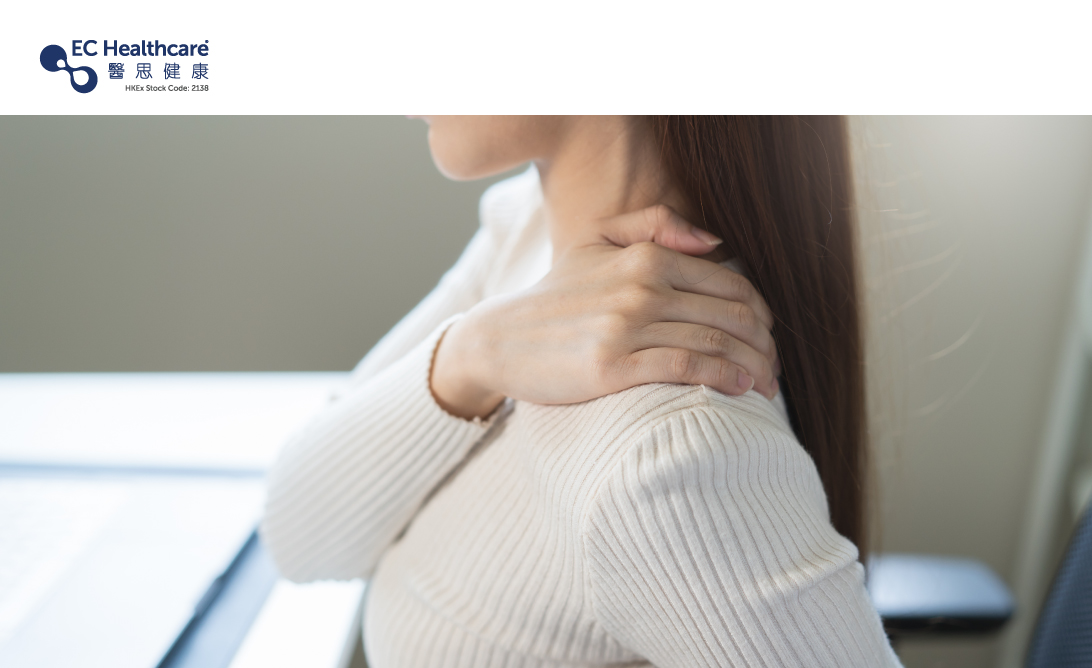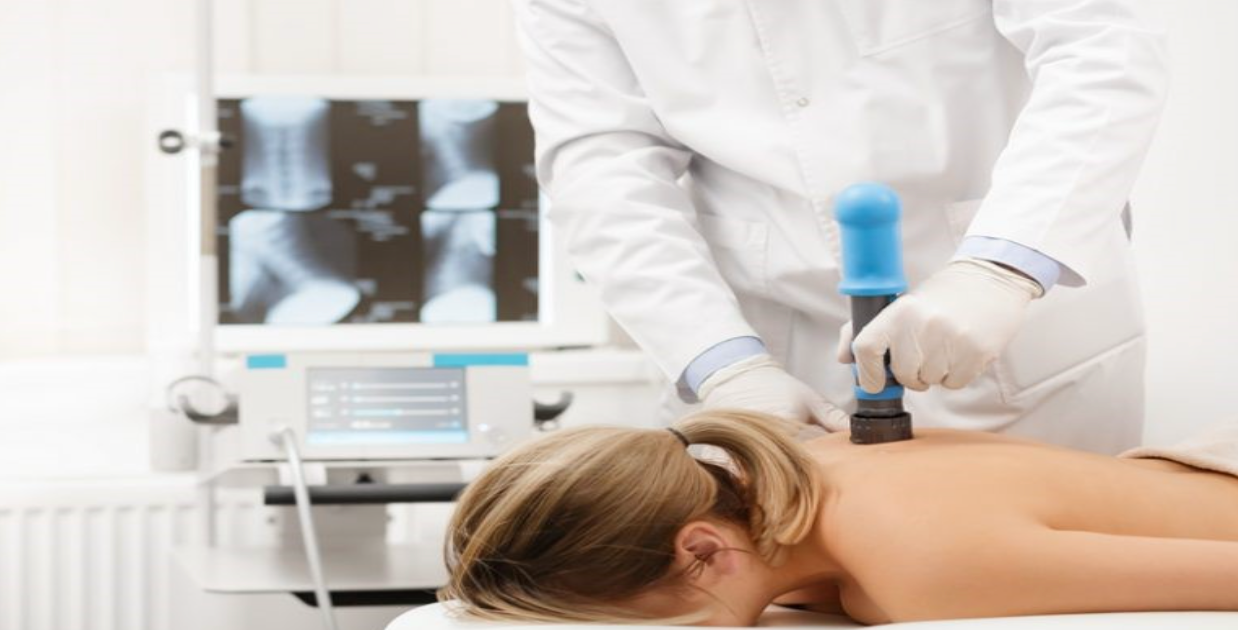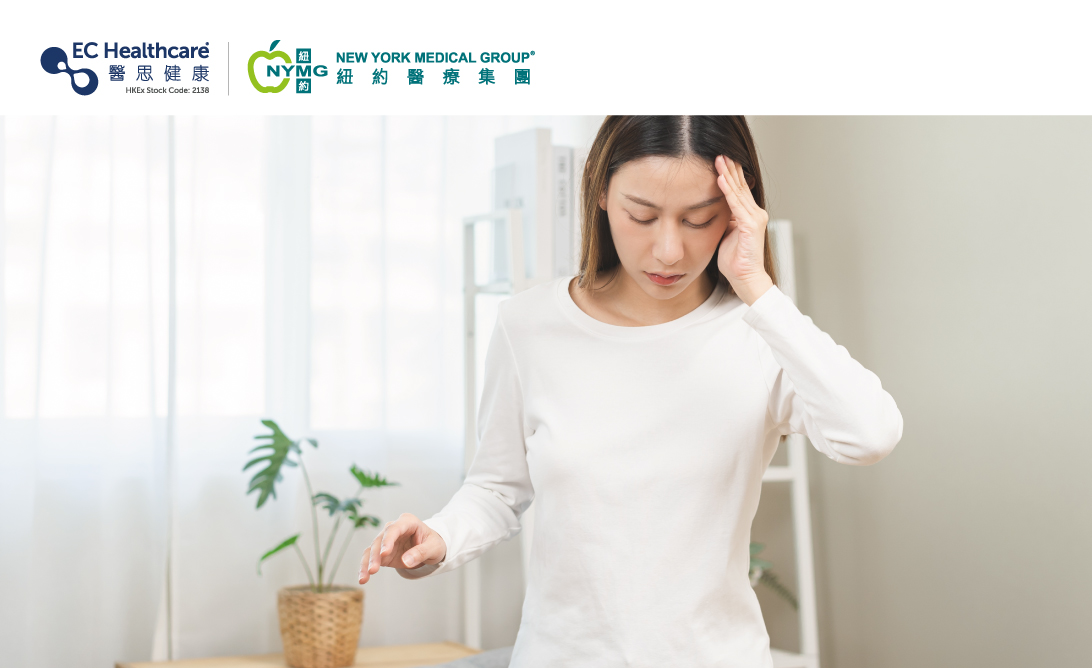Trapezius Syndrome | Are IT Professionals at High Risk? Surprisingly, this Sleeping Position Makes You Prone to Trapezius Syndrome! Chiropractor Explains the Causes, Symptoms, and Treatment of Trapezius Syndrome


Recently, artist and yoga instructor Coffee Lam shared on her Instagram and YouTube channel that she has been receiving private messages for years, inquiring about how to improve the issue of "overdeveloped Trapezius" through yoga movements. She mentioned that this problem can lead to shoulder and neck pain as well as a hunched back. It turns out that people who frequently work from home, have poor sitting posture, are prone to looking down, and prefer sleeping on their stomach are at a higher risk! So, what exactly is Trapezius Syndrome? What are the causes and symptoms? How is it treated? Let's hear from chiropractor Yau Hoi Ying as she explains each of these aspects!
What is Trapezius Syndrome?
Trapezius Syndrome is a condition characterized by pain in the head, neck, shoulders, and upper back caused by the tightening or dysfunction of the Trapezius muscle. The Trapezius muscle is divided into three regions: upper, middle, and lower. It connects the neck, shoulders, and upper back, including the occipital bone, cervical vertebrae, clavicle, scapula, and thoracic vertebrae. Its functions include stabilizing and mobilizing the shoulder blades, as well as assisting in head elevation and lateral neck movements. The motor function of the Trapezius muscle is controlled by the accessory nerve (the eleventh cranial nerve), while its sensory function is governed by the third and fourth cervical nerves. The most common issues with the Trapezius muscle occur in the upper region.
Causes of Trapezius Syndrome and High-Risk Groups
Common issues related to the Trapezius muscle often develop over a long period of time. The causes of Trapezius pain syndrome can include misalignment of the cervical vertebrae, loss of the natural curvature of the cervical spine, trigger points within the Trapezius muscle, and muscle spasms. These conditions are often attributed to poor daily posture or repetitive movements. While accidental injuries can also be a contributing factor, they are less commonly observed.
The most common patients at high risk for Trapezius syndrome include individuals who frequently look down (such as smartphone users), those who engage in computer work with shrugged shoulders, individuals who habitually sleep in a prone position, individuals experiencing high levels of life stress, and overhead athletes.
Trapezius Syndrome Symptoms
Developed Trapezius muscles can lead to the following issues: Firstly, tightness and pain in the shoulders, neck, upper to middle back, and even headaches. Secondly, it can affect posture, resulting in rounded shoulders, forward head posture, and a hunched back. Lastly, it can reduce the range of motion and mobility in the neck and shoulders.
Treatment for Trapezius Syndrome
Firstly, it is essential to identify the primary cause of Trapezius pain in patients. It can be attributed to issues within the muscle itself, as well as the position of the Trapezius muscle in relation to the bones and the involvement of the cervical nerves responsible for its sensation. Therefore, the source of pain often involves the cervical and thoracic spine. Chiropractors typically address both muscle and spinal problems simultaneously to effectively alleviate Trapezius pain. Muscle tightness can be treated using methods such as shockwave therapy, electromagnetic therapy, manual myofascial release, or instrument-assisted myofascial release. Spinal conditions are usually treated through manual adjustments or with the assistance of spinal traction and decompression devices.
Since Trapezius syndrome is closely related to daily posture habits, paying attention to posture is crucial for relieving discomfort in the shoulders. Avoid prolonged periods of looking down or forward head posture, and try to change positions frequently rather than maintaining the same posture for an extended period. Additionally, incorporating shoulder and neck stretching exercises can be beneficial, such as turning the head to the side and shrugging the shoulders.
4 Myths About Trapezius Syndrome
Is Regular Massage or Massage Gun Effective for Relief?
It can provide temporary and short-term relief for tightness in the Trapezius muscle. However, the pain often returns after a while.
Can Corrective Back Braces Help with Trapezius Syndrome Caused by Poor Posture?
Firstly, posture correction braces or back support belts are not designed to correct the spine. Their primary function is to assist in supporting the shoulders and helping patients maintain an upright posture. They are not intended for treatment purposes but can serve as a reminder to maintain good posture. However, it is important to use these posture correction braces with caution and avoid fastening them too tightly, as it may affect blood circulation. Additionally, it is advisable not to overly rely on posture correction braces.
Does Sleeping Position Affect the Trapezius Muscle?
Absolutely, sleeping position can have an impact. Sleeping on the stomach is a particularly poor sleeping position. When sleeping on the stomach, our heads often tilt or turn to the side for better breathing. However, maintaining this position for a prolonged period can lead to tension and tightness in the Trapezius muscle.
Can the Height of a Pillow Affect the Symptoms of Trapezius Syndrome? How to Choose the Right Pillow?
Different sleeping positions require different pillow heights. Sleeping on the back or on the side are generally considered healthier sleeping positions. When sleeping on the back, a flatter pillow is usually recommended to keep the chin and shoulder joints aligned, with the thickness similar to that of the shoulders. When sleeping on the side, a higher pillow is typically needed so that, when viewed from the side, the tip of the nose aligns with the center of the chest. Therefore, the height of a side-sleeping pillow should be approximately the width from the neck to the shoulder joint. When purchasing a pillow, it is important to personally try lying down and ensure that the pillow provides adequate support for the neck when lying in the desired position.

Related Brands


